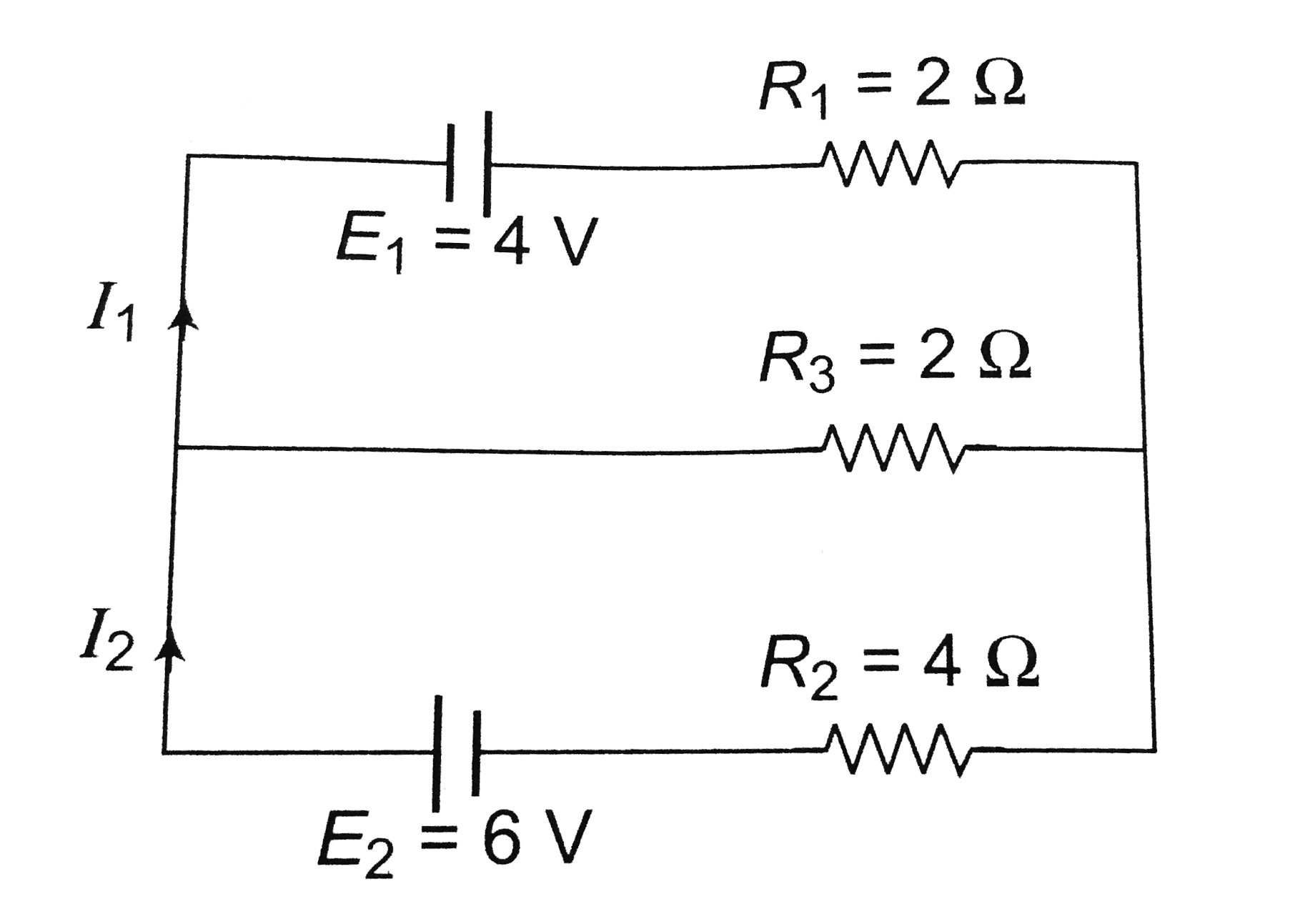ω is the cube root of 1 and ω≠1. Now r1,r2 and r3 are the number obtained while tossing dice thrice. Then ………… is the probability for ωr1+ωr2+ωr3=0 Solution in Gujrati
118
19
29
336
The correct Answer is:C
Step by step video, text & image solution for omega is the cube root of 1 and omega ne 1. Now r_(1), r_(2) and r_(3) are the number obtained while tossing dice thrice. Then ………… is the probability for omega^(r^(1)) +omega^(r^(2))+omega^(r^(3))=0 by Maths experts to help you in doubts & scoring excellent marks in Class 12 exams.
Updated on:21/07/2023Topper's Solved these Questions
- PROBABILITYBook:KUMAR PRAKASHANChapter:PROBABILITYExercise:Practice Paper - 13 (Section - A (Choose the correct option))
Explore 6 Videos
- PROBABILITYBook:KUMAR PRAKASHANChapter:PROBABILITYExercise:Practice Paper - 13 (Section - B (Answer the following questions))
Explore 4 Videos
- PROBABILITYBook:KUMAR PRAKASHANChapter:PROBABILITYExercise:Solutions of NCERT Exemplar Problems (Fillers)
Explore 5 Videos
- MATRICES Book:KUMAR PRAKASHANChapter:MATRICES Exercise:Practice Paper - 3 (Section - D)
Explore 1 Video
- RELATIONS AND FUNCTIONS Book:KUMAR PRAKASHANChapter:RELATIONS AND FUNCTIONS Exercise:Practice Paper - 1 (Section - D)
Explore 2 Videos
Similar Questions
If P(A)=611,P(B)=511 amd P(A∪B)=711, find
(i) P(A∩B) (ii) P(A|B) (iii) P(B|A)
View SolutionA couple has two children,
(i) Find the probability that both children are males, if it is known that at least one of the children is male.
(ii) Find the probability that both children are females, if it is known that the elder child is a female.
View SolutionIf A and B are two events such that P(A∣B)=p,P(A)=p,P(B)=13 and P(A∪B)=59 then p = ……….
View SolutionFor matrix A=⎡⎢⎣11112−32−13⎤⎥⎦ . Prove that , A3−6A2+5A+11I=0. Hence find A−1 using it .
View SolutionLet : f:N→N be defined by f(n)={n+12 if n is oddn2 if n is even for all n∈N .
State whether the function f is bijective . Justify your answer.
View SolutionIn the circuit shown below E1=4.0V,R1=2Ω,E2=6.0V,R2=4Ω and R3=2Ω. The current I1 is

View SolutionIn Fig, E =5 volt , r = 1 Omega, R_(2) = 4 Omega, R_(1) = R_(3) = 1 Omega and C = 3 muF . Then the numbercal value of the charge on each plate of the capacitor is
View SolutionTwo resistor of resistance R_(1)=(6+-0.09)Omega and R_(2)=(3+-0.09)Omega are connected in parallel the equivalent resistance R with error (in Omega)
View Solutionमाना कि ω इकाई का एक सम्मिश्र घनमूल है जहाँ ω≠ है। एक निष्पक्ष पाँसा तीन बार उछाला जाता है। यदि r1,r2 और r3 पाँसे के उछाले जाने पर प्राप्त अंक दर्शाते है तो ωr1+ωr2+ωr3=0 होने की प्रायिकता है-
View SolutionTwo dices are rolled and numbers r1 and r2 are chosen. Let 1+ωr1+ωr2=λ (where ω is a complex cube root of unity). Then
View Solutionमाना कि ω, इकाई का एक सम्मिश्र धनमूल हैं जहां ω≠1 एक निष्पक्ष पांसा तीन बार उछाला जाता है। यदि r1,r2 एवं r2 पांसे के उछाले जाने पर प्राप्त अंक दर्शाते है तो ωr1+ωr2+ωr3=0 होने की प्रायिकता निम्न है
View SolutionIF ω is a complex cube root of unity
9∑r=1r(r+1−ω)(r+1−ω2)=
View SolutionLet ω be a complex cube a root of unity with ω≠1 . A fair die is thrown three times . If r1,r2andr3 are the numbers obtained on the die , then the probability that ωr1+ωr2+ωr3=0 is :
View Solutionमाना ω इकाई का एक सम्मिश्र घनमूल है, जहाँ ω≠1. एक निष्पक्ष पाँसा तीन बार उछाला जाता है। यदि r1,r2 एवं r3 पाँसे के उछाले जाने पर प्राप्त अंक दर्शाते हैं, तो ωr1+ωr2+ωr3=0 की प्रायिकता निम्न है
View SolutionThe measurement of an unknown resistance R is to be carried out using Wheatstone bridge as given in the figure below. Two students perform an experiment in two ways. The first students takes R_(2) = 10 Omega and R_(1) = 5 Omega . The other student takes R_(2) = 1000 Omega and R_(1) = 500 Omega . In the standard arm, both take R_(3) = 5 Omega . both find R = (R_(2))/(R_(1)) , R_(3) = 10 Omega within errors.
View Solution

